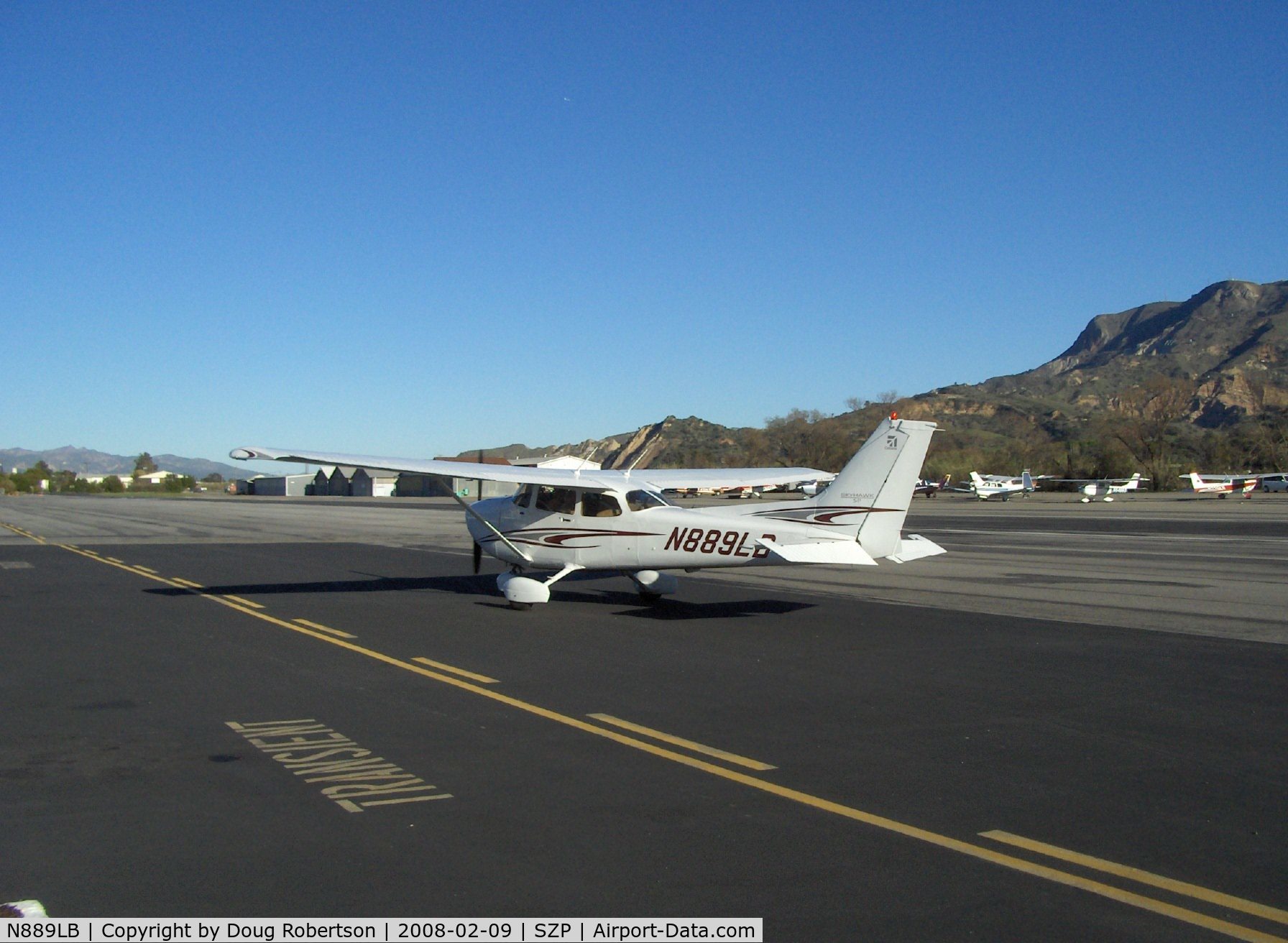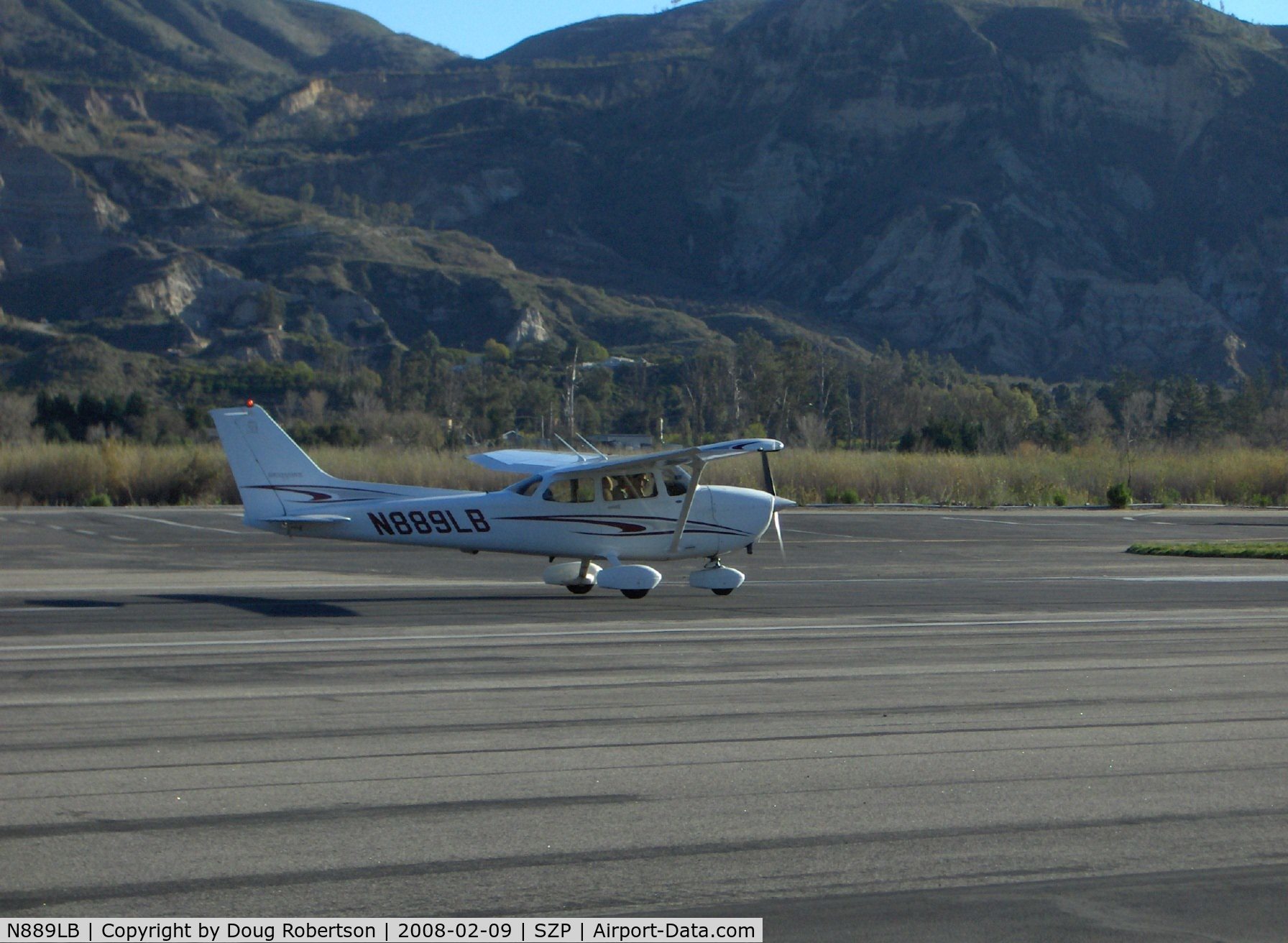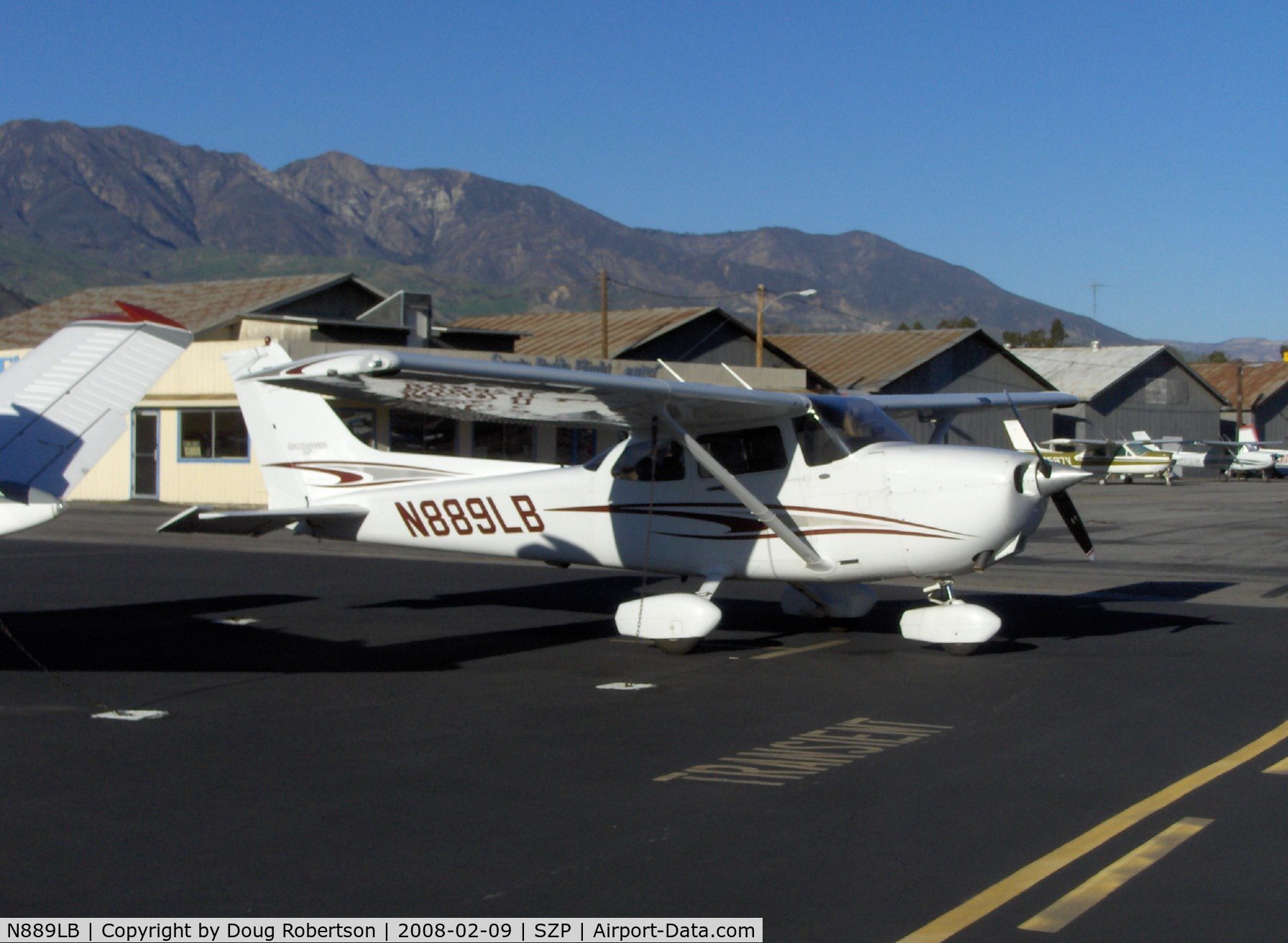It should be as easy as crossing the street right?
When i was learning, besides landings, the second most difficult ground reference maneuver was S-turns. During this maneuver, we fly a series of CONSTANT-RADIUS S-turns along a reference line. The problem that i encountered was mastering the proper entry, and did not fully understand to connection between bank angles, and wind drift. Once i started to understand how one effects the other, i was able to learn to fly this maneuver without any trouble.
How we enter
Most common misconception
It makes sense that when flying crosswind on the downwind side of the road, the wind is blowing us away from the road, and that we would need the greatest bank angle to get us back to the road. It also makes sense that when flying crosswind on the upwind side of the road, the wind is blowing us towards the road, and a steep bank angle would help us complete that portion of the turn more quickly. The simple fact is that flying the S-turns by this logic will cause us to fail each time.
How do we do it?
 To succeed in this we MUST understand the relationship between rate of turn, bank angle, and ground speed. To understand S-turns, we will talk about a less-complex maneuver; turns about a point. The point of this is to fly a CONSTANT-RADIUS, CONSTANT-ALTITUDE turn around a reference point somewhere on the ground.
To succeed in this we MUST understand the relationship between rate of turn, bank angle, and ground speed. To understand S-turns, we will talk about a less-complex maneuver; turns about a point. The point of this is to fly a CONSTANT-RADIUS, CONSTANT-ALTITUDE turn around a reference point somewhere on the ground. I have a fast car, so this is how i think of it. Imagine a race car going around a circular track that is two miles in circumference. If this race car is going 60 mph, the car will complete a lap around the entire track in two minutes. Since the car completes a entire lap in two minutes, the rate of turn for the car is 360 degrees every two minutes, or 3 degree per second. Now lets take that same race car, on the same track, and punch the throttle, till we get up to 120 mph. Now we are really moving. This car can complete a lap in 60 seconds. Our rate of turn would be 360 degree per 60 seconds, or 6 degrees per second. Now the rate of turn required to complete a full lap over the ground depends on speed. The faster the speed, the greater the rate of turn.
I have a fast car, so this is how i think of it. Imagine a race car going around a circular track that is two miles in circumference. If this race car is going 60 mph, the car will complete a lap around the entire track in two minutes. Since the car completes a entire lap in two minutes, the rate of turn for the car is 360 degrees every two minutes, or 3 degree per second. Now lets take that same race car, on the same track, and punch the throttle, till we get up to 120 mph. Now we are really moving. This car can complete a lap in 60 seconds. Our rate of turn would be 360 degree per 60 seconds, or 6 degrees per second. Now the rate of turn required to complete a full lap over the ground depends on speed. The faster the speed, the greater the rate of turn.The angle of bank we use controls our rate of turn. The steeper the angle of bank, the greater rate of turn is achieved. Now remember from above, the rate of turn depends on our speed. And remember the bank angle controls our rate of turn. The faster we fly, a greater bank angle is required to keep the same rate of turn. The bank angle should NEVER exceed 45 degree.
When we fly we usually never get a calm no wind day. So lets spice this up a bit. It's a windy afternoon. We are flying over the same race track. Our ground speed is going to change constantly because of the wind. So we would in turn have to change our rate of turn, to keep over the track. We change our rate of turn by using the bank angle. As the ground speed increases, we will be forced to increase our bank angle. As the ground speed decreases, we will be forced to decrease our bank angle. Our ground speed will be the most when we are ... Anyone? Anyone? downwind. That is the point when the bank angle needs to be the greatest. That is why we start this on the downwind. We roll into our turn when abeam the reference point, and now we know each of the remaining point in the turn, our bank angle will be less that it was when we started. When the nose is pointed into the wind, ground speed is low, and the bank angle is the least.
 S-turns can be through of as a series of turns about a point, but simply split in half roughly upwind and downwind, then linked together end to end. Again we enter downwind and establish our maximum bank angle as the reference point (the road) passes beneath the wing. The bank angle will decrease to a minimum when we recross the road headed upwind. When we cross the road, we only for a second, roll the wings level, then establish the bank in the opposite direction. The bank angle slowly increases as we complete the next 180 degrees of turn, reaching the maximum bank bangle as we cross the road. Again, we roll the wings level just for a second, and then roll into our maximum bank in the opposite direction and continue doing this over and over.
S-turns can be through of as a series of turns about a point, but simply split in half roughly upwind and downwind, then linked together end to end. Again we enter downwind and establish our maximum bank angle as the reference point (the road) passes beneath the wing. The bank angle will decrease to a minimum when we recross the road headed upwind. When we cross the road, we only for a second, roll the wings level, then establish the bank in the opposite direction. The bank angle slowly increases as we complete the next 180 degrees of turn, reaching the maximum bank bangle as we cross the road. Again, we roll the wings level just for a second, and then roll into our maximum bank in the opposite direction and continue doing this over and over.Other problems
Since flying S-turns can be likened to a series of turns about a point, we need to pick points along the way as we fly the maneuver. If our points are too close, we will try to use excessive bank angles and rush the maneuver. That would end up sloppy at best. If our points are too far away, the turns will become too big and the banks too shallow. In general, the reference points selected along the reference line should be separated by about 3/4th of a mile. Add a little more distance if we are flying faster, and a little less if we are flying slower.
During the check ride, look out for diversion and distractions while flying this maneuver. Some instructors will attempt to distract you by asking innocuous questions about features on the ground, or features of the airplane, or questions about the instruments, or engine. (Is it normal for the ammeter to read five amps? Why is there more fuel in one of the tanks. Whats the altimeter setting?). Some may even simulate an engine failure during this, just to see you have a hold of the airplane, and the situation. So bottom line is divide your attention, don't get distracted, and above all be prepared. I even read of one instructor dropping his pencil and asking the pilot to help him grab it while they were performing this maneuver. Expect the unexpected!
Tie it all in!
TO begin we must know where the prevailing surface wind are coming from. Next, we have to select a suitable ground reference that is a relatively straight line perpendicular to the wind. This can be a road, river, shoreline, power lines, railroad tracks, or any other reference that is similar. We start ourselves about a mile upwind of our reference, we then get the aircraft to the desired speed, and complete any checklist that we have. Do out clearing turns to make sure the area is clear of traffic, and if we are not already at our altitude, descend or climb to the required altitude, most of the time 600 - 1,000 feet AGL.
When we are ready, we will head downwind straight for our road, river, or what ever reference we are using, and as we cross it at a 90 degree angle, we pick a point along the road to use as a reference for the first 180 degree turn. We roll into our bank of 30-40 but never above 45 degree. Watch the reference point as we slowly roll out the bank to maintain a constant radius from the reference point.
We would crosscheck our speed, altitude, bank angle, and occasionally the engine instruments. Keep an eye out for traffic, as well as possible emergency landing sites, just incase something goes wrong.
As we fully complete our first 180 degree upwind turn, we should have the minimum bank angle, and we should cross the reference line at a 90 degree angle. Before we roll level across the reference line, we need to be sure to check again for traffic, and any obstructions in the direction in which we will be turning.
Once we cross the reference line at 90 degree we would momentarily level our wings, and pick our next reference point, as we roll into the next turn. We would cross check our speed, altitude, and engine instruments, along with traffic, as we increase the bank slowly to maintain the CONSTANT-RADIUS from the reference point. We should once again be in our max bank of 30-40 degree before we cross the reference line a second time. As we cross the reference line again, we would roll the wings level momentarily, and pick our next point, and then roll into the maximum bank in the opposite direction.
We continue to do this back and forth. Sounds easy? Maybe too easy? Well, after some understanding of the principles behind all of this, and some practice, this should be as easy as crossing the street.












No comments:
Post a Comment